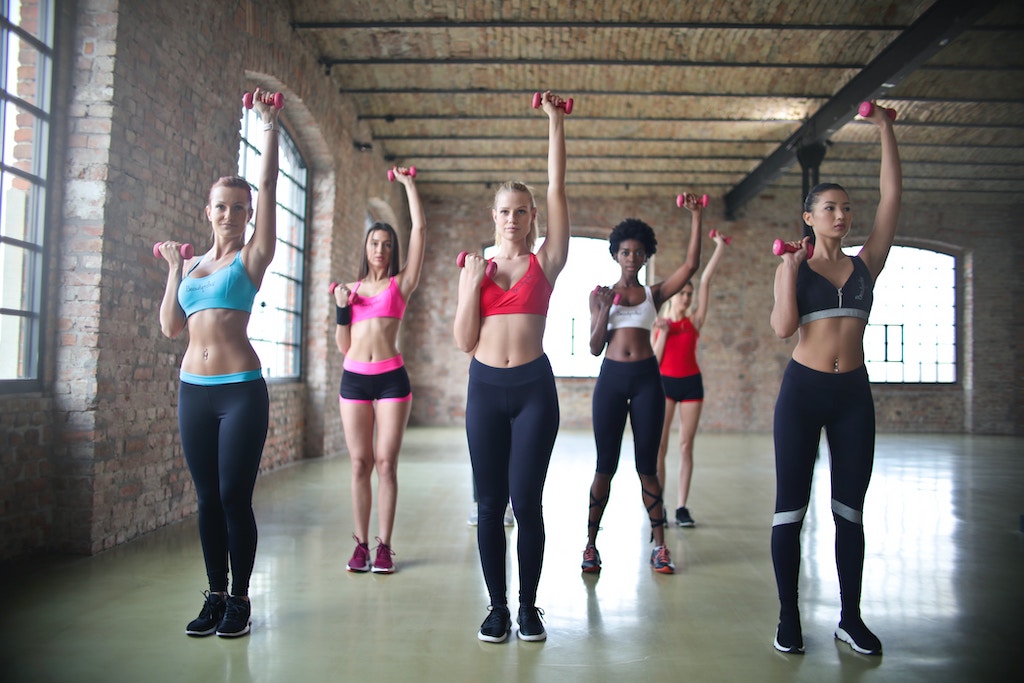Stretching – Don’t overstretch
Stretching. The main rule when performing stretches is that you could tear a muscle if you overstretch it. Bear in mind that there are scientific, stretches that are efficient. You put the body in a position that provides one specific muscle with a focused stretch. To prevent injury, you absolutely have to begin very gently and slowly.
Here is how to maintain your safe stretching routine :
- The muscle you are stretching shouldn’t hurt. If the stretch is uncomfortable, especially if you feel the pain that is burning, you are pushing too hard.
- When the stretch is comfortable enough, you need to push a little harder.
- You want to have an experience that is just in between the previous two descriptions. Certainly, a bit uneasy, but not painful.
- When you place your body in preparation for a stretch, never do any of these moves ( rotating your chest, turning your head, pushing your shoulder blades together) to the limit. Proceed to eighty per cent of your stretch, and save a little flexibility to the stretch itself. You might injure yourself if you push father a muscle that is at its max.
- My advice is: to be always cautious. Take every stretch to the point where you are a little uncomfortable. Hold there gently for the rest of your stretch period. Then save and stop any effort. After you stop the stretch, save the effort for the following day. Every day you can increase stretching so slightly – in increments so small that they are barely perceptible. Ride the line between easy and uncomfortable, and you will be in the perfect place.
Professional dancers, gymnasts, advanced practitioners of yoga and Pilates, and other people whose regime creates an understanding of the dynamics of stretching could start more aggressively. But remember that even those can injure themselves if it is stretched too much.

When you are cold, never stretch
The other rule is that you never stretch the specific muscles when they are cold. Get your blood flowing and you want to warm up before stretching. The body consists of miles of small arteries that stay closed until you’ve moved your body enough to open up them by filling them with blood. These tiny blood vessels will start open after just a few minutes of the movement.
The muscles that bring blood to grow loosen and warm up, allowing the water you are drinking to get into the fascia. That is why after your workout is the best time to stretch. When these arteries are all open. Make sure you warm up the part of the body you intend to stretch.
Before your stretching do some motions, if you do not do regular workouts:
- Make circles with your legs.
- Windmill the arms.
- Rotate your chest.
- Do neck rolls
- Touch your toes.
- Jump slowly for one minute.

Stretching timing
You do not have to hold stretches for a long period of time. For many people, this could be tough. So you try to break it down into two sections with a break in between. You can go a little further In the next portion of the stretch, after the break.
The timing is as follows:
Hold for twenty seconds. Rest for ten seconds. Hold for another thirty seconds.
The first twenty seconds is practically a warm-up for the next hold. Some people need around ten seconds to position themselves. Don’t worry if you don’t feel much the first hold. On the next hold, you are going to get into position faster but you need to make a better effort. The major work is in the thirty-second hold.
In this part add an extra five per cent of stretch more than you did in the first part. you need to focus and work toward the extra increment of movement. After you can always go for another one per cent more. You need to challenge yourself to the limit to get the full stretching.
Stretching for elderly people
They need to be careful because of dehydration, and inflexible tight tissues. Be gentle, do not stretch so fast and hard that it causes a burning feeling or a sensation.

